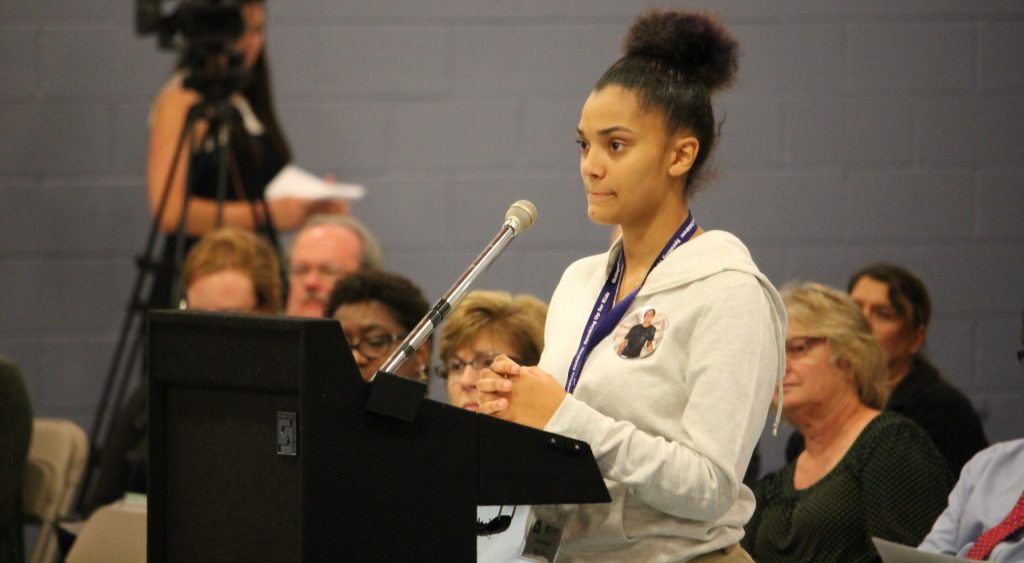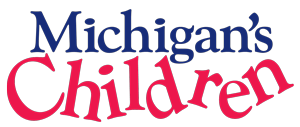Improving College and Career Readiness

Expanded Learning
Expanding learning to provide year-round educational options for kids beyond the school building mitigates summer learning loss, assists in skill building and engagement, and leverages community resources.
[bulletlist]
[/bulletlist]
[/boxcolor]
[/col_12]
[col_12]
[boxcolor color=”green”]
Integrated Services
Supporting responsibility for education beyond the school doors can create a system of integrated services that better serves the most challenged children, youth, families, schools and communities.
[bulletlist]Support for K-12
Supporting consistent funding for schools and programs is necessary for any school reform and can promote real improvement in school success for the most challenged schools, communities and young people.
[bulletlist]Multiple Pathways
Supporting multiple pathways to high school graduation and post-secondary access for young people who need more time and different options beyond traditional high school settings.
[bulletlist] [/bulletlist] [/boxcolor] [/col_12] [spacer height=”15px”]The economic success of Michigan is dependent on getting all Michigan children ready for post-secondary education, work, and life; and there is universal agreement that a high school diploma is a clear stepping stone toward success. The economic, social and fiscal consequences of dropping out – unemployment, poverty, substance abuse, incarceration, poor health – are profound and unacceptable.
Also undeniable is the increasing academic achievement gap. The race, ethnicity, and income level of families predict disparities in child outcomes that begin before birth and continue to worsen as children grow older. This gap contributes to differences in school readiness, educational success, high school graduation and college enrollment, leading to clear disparities in lifetime earnings. As Michigan’s population grows more diverse, more attention must be paid to strategies that reduce the achievement gap and increase educational success for all students.
Too many young people aren’t succeeding through high school graduation, and many need more time or different paths to reach a diploma. In addition, many young people face barriers to graduation that education alone cannot remove. College and career success is dependent on a variety of factors beyond the reach of educators and schools. Consistent support for integrated services that help students and their families focus on education; providing 2nd and 3rd chances for high school graduation for those who need extra time; and different kinds of opportunities to succeed are essential to ensure more young people can obtain their high school credential.
Adult, Community and Post-Secondary Education
The educational paths of many of the most challenged young people do not progress according to standard time tables. They may need more time to complete a high school credential, or may not be in a position to obtain a diploma but are on track to complete their GED. Others may need to leave school for work. Some young people face extremely challenging circumstances and find themselves so far behind in skills that they are not candidates for either diploma programs or a GED.
Secondary and post-secondary options that acknowledge timeframes and partnerships beyond a four-year high school experience, and allow young people to return to a post-secondary path after leaving, will be the most successful in capturing those most at risk. It is important to provide opportunities for young adults, particularly parents, to reconnect to GED and post-secondary paths throughout their lives. Vibrant adult and community education systems can serve young people and successfully support the adults and children in the most challenged families.
After-school and Summer Learning
High quality afterschool and summer learning programs that take advantage of community, post-secondary and workforce partnerships offer opportunities to build on the school day. They can help young people better see their own strengths and build on their own successes and leadership potential. They can help students get motivated and engaged, and can help them catch up. The research clearly illustrates that they positively attendance, achievement, behavior and eventual high school graduation.
Struggling kids clearly need more time to master skills and more support to catch up than most communities currently provide. Expanded learning opportunities reach beyond the school day and the school walls to provide additional space for quality teaching and learning to occur. They are one of the most important and effective achievement gap closure strategies we have at our disposal.
Learn how expanded learning opportunities are part of what’s at stake in this year’s elections.
Learn more about expanded learning opportunities by visiting the Michigan After-School Partnership website.
Read the latest Michigan-specific data on summer learning from America After 3 pm.
Alternatives to Exclusionary School Discipline Practices
Disparities in school discipline use by race, gender, income, special education status, and other identifying characteristics have been well documented around the country and in Michigan. As common sense dictates, young people confirm when asked, and research has supported over and over: time spent away from learning for disciplinary infractions and referrals to law enforcement have long-term implications for young people’s future success. At this point, these negative repercussions are being felt much more deeply for some groups of young people than others.
Schools and communities can work together to utilize best school discipline practice that don’t result in lost educational time. Young people who miss school for whatever reason are less likely to complete high school, and school discipline policies often contribute to disengagement and lost credits.
Visit the All Kids in School Coalition website to connect to a group of folks committed to keeping kids in school.
Connect with Family and Community Resources
We know that young people face barriers to educational success that one system alone can’t solve. Families, students, schools and communities often face layers of challenges and will need a coordinated approach that leverages the resources within all sectors of the community to fully support children and youth. Supporting partnerships between schools, community colleges, workforce partners, youth serving agencies, parents and many others can strengthen curriculum and instruction; increase parent involvement; meet children’s health, developmental and social needs; increase school attendance; and reduce the achievement gap.
Schools and community partners need to be rewarded for identifying challenges that impact educational success, for building bridges to families and community resources that strengthen the ability of parents to support their children’s education, and for their ability intervene.
Learn more about school-community partnership programs by visiting some of our key partners:
Coalition for Community Schools
[bulletlist]Kent School Services Network
Communities in Schools of Michigan
Reducing the Achievement Gap
Economists point out that the achievement gap is the largest threat to our already struggling economy. Michigan’s economic status rests on our ability to successfully educate all of our children through K-12 and beyond. Ending opportunity gaps requires intentionally coordinated efforts through state departments beyond education, and other private sector partners as well. What has been prioritized for investment has contributed to the gaps in achievement, high school completion, and elsewhere. And what has been prioritized and invested in elsewhere like health, human services, and other sectors, from cradle to career, has also contributed to these gaps, intentionally or unintentionally.
Educational investment needs to be smarter and target programs proven to improve equity. Achievement gap closing strategies include investments before gaps even arise – in early childhood. Once children enter school, expanded learning opportunities and the successful integration of education and other services can close gaps. More time and options for high school graduation and post-secondary can close gaps as well.
Learn more about racial disparities in high school graduation.
Learn more about how high school graduation matters in this year’s elections.
School- and Community-based Health Options
Children and youth who face physical, social, emotional, or mental health challenges struggle in school, just as children, youth and their parents challenged in their education struggle to maintain their own health and well-being. Some are confronted with circumstances leaving them feeling unsafe a school and in their communities. Some face nutritional or other health challenges, or have ill-treated physical or behavioral health needs.
Access to physical and behavior health in school-based or school-linked settings is a proven strategy to help students and families tackle the many barriers that can not only impede their health and well-being, but also their chances for educational success. Health professionals connected to schools are in a position to identify and help address these and other barriers to learning and school success. In addition, they can serve as catalysts for developing comprehensive strategies that contribute to a healthy climate school-wide, targeting the most challenged young people and their families, but serving to improve the wellbeing and educational success of all students.
Visit the School-Community Health Alliance of Michigan website to learn more.
Second and Third Chance Programs
Once young people fall behind in school, or when they face significant personal and educational obstacles, a traditional high school setting is not always successful in reengaging them, yet few alternatives exist. Once students have left school before diploma, for whatever reason, they need different options to re-engage. Programs that provide second and third chances to move young people toward high school credential and post-secondary paths are not consistently available across this state, nor are they consistently accessible for all young people who need them.
Innovative programs that seek to recover students work around the barriers the students encountered in the traditional school setting by including options like flexible scheduling, online courses, smaller classes, mentoring, and career and workforce training options that include a path towards a high school credential. Options that utilize community, workforce and post-secondary partnerships successfully serve our most challenged young people, families and communities
Check-out this Focus on Michigan Communities publication on programs that promote flexible learning environments in our state.
Learn about pathways to graduation that engage youth through innovation in this Focus on Michigan Communities publication.
Learn about The Opportunity School in Marshall, MI, that helps students get back on a track towards a high school diploma.
